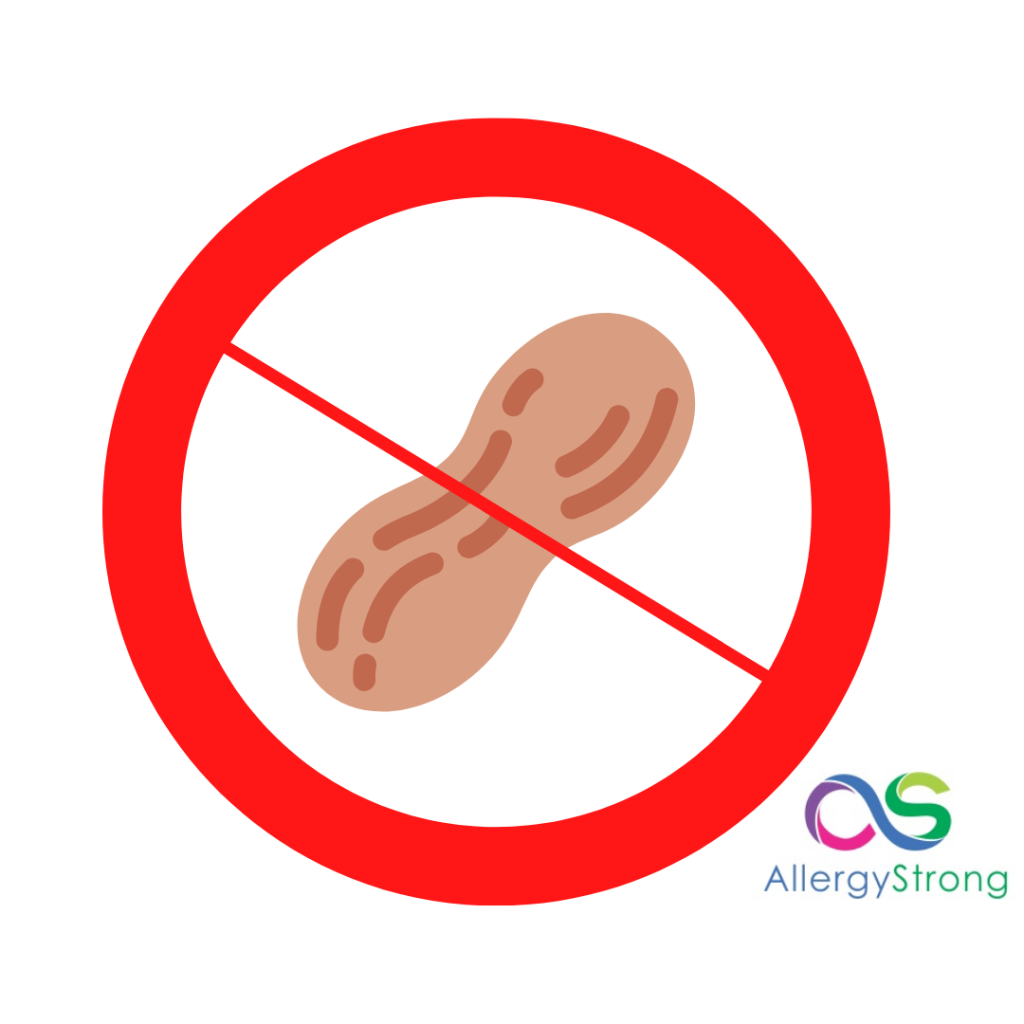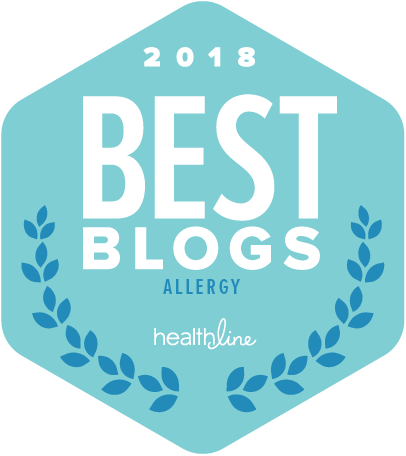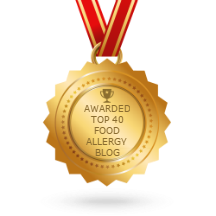For years, school administrators and parents alike have struggled with the question of how to keep students with food allergies safe while in their care. And in some cases, both schools and parents have supported school-wide bans on allergens in an effort to protect food allergic children. But for many, food bans just don’t work. So what do studies show? And what should schools be doing to safeguard children with food allergies?
School-Wide Food Bans
Food bans often prohibit all students from bringing in a specific allergen. Most often it is peanuts that are banned, followed closely by tree nuts (almonds, cashews, walnuts, pistachios, etc) or more generically “all nuts” (presumably peanuts and tree nuts). Limits like these can work on the classroom level, but are impractical when elevated to a school-wide policy.
- Peanuts and tree nuts are only two of the nine most common allergens and there are over 160 documented foods to be allergic to.
- Any allergen can cause a serious reaction. Banning nuts only protects those students and staff who have a peanut or tree nut allergy.
- School-wide bans cannot be enforced.
- Banning food school-wide often leads to the assumption that everything that comes through the school door is safe. We know that teachers and administrators cannot police every snack, special treat and lunch that each and every student and staff member brings. And the last thing you’d want to teach a food allergic child is to eat something (assuming it’s safe) without checking on the ingredients first.
Studies have also shown that food bans don’t protect students. In fact, a five-year study conducted by McMaster Children’s Hospital in Ontario, Canada notes that bans can actually stigmatize them by making them targets of frustration over food. Students with food allergies often cannot eat with their friends and become victims of bullying – a far too common, far too unmentioned experience of kids with food allergies.
When are Food Bans a Good Idea?
Preschool aged children are at a difficult developmental stage for food allergy management. They may not be able to understand the nuances and dangers of their food allergic classmates’ condition. In their effort to be a good friend, they may try to share food; and food allergic kids may be unable to distinguish safe from unsafe food at that age. And, of course, preschoolers have their hands on everything, setting the stage for cross-contact reactions.
Food bans are also a good idea within a classroom. The classroom is meant to be a safe and inclusive place for ALL students. It should be the protective home base for students with food allergies. Eliminating a student’s allergen from the classroom whenever possible is conducive to learning. If a student is worried that they may have a frightening reaction triggered by something in the classroom, they will be unable to focus on almost anything else as their minds and bodies go into fight or flight mode.
Food bans are also a good idea at group events such as the school dance, special group rewards involving food, team snacks, etc. Focusing on inclusiveness is critical – it’s a lesson in empathy and support for all involved.
What DOES Work? Better Management Ideas for Better Outcomes
Couple classroom and event-based food bans with these strategies for a protective and inclusive experience for students with food allergies:
- Food Allergy Education: Kids are told to protect their friends with food allergies but are never taught the basics of the condition. Lessons on food allergy fit nicely into units about nutrition and health. Bonus: lessons about food allergy tend to be very interactive. They result in noticeably stronger sense of community and empathy for this and other invisible conditions in classrooms of all ages.
- Food Allergy Training: Teachers, administrators and staff should also receive an education on food allergies. Theirs should include symptoms of an allergic reaction and the language a student might use to describe it, how to manage a reaction and what to do in case of emergency. They should also focus on the social/emotional impact of food allergies and related conditions so they can keep an eye on students who may be struggling.
- Cafeteria: There are many ways to make the cafeteria a safer place for students with food allergies. First, make the ingredients transparent for diners by either posting the inclusion of the top 9 allergens on each item without an ingredient label or offering a point person to answer questions (or both). Second, offer allergen-friendly tables or seating. Peanut-free tables do not protect students with nut or other allergies. If there is flexibility, offer a broader allergen-friendly table where kids with food allergies can eat and feel understood. Also, reserve the ends of dining tables for kids with food allergies; this way, they can eat with their friends but not feel bound on either side by potential danger.
- Enforce Hand Washing: Encourage or require children to wash their hands after eating and before entering their homeroom. Hand sanitizer (which is good at killing bacteria and viruses) does not remove the food protein that causes an allergic reaction. The only way to remove food protein is to wash with soap and water.
- Stock Epinephrine: Finally, in addition to allowing students to keep an extra set of epinephrine auto-injectors at school, schools should take advantage of the Stock Epinephrine Act to keep extra, unassigned epinephrine auto-injectors at school for use by anyone who may experience a reaction. Anyone can develop an allergy to anything at any time in their lives, so having this life-saving medication available in an emergency is critical.

























